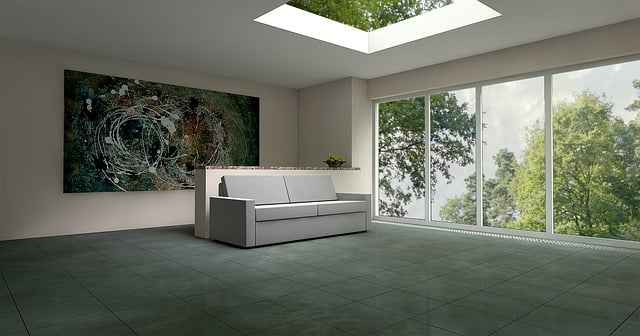
Virtual tours of properties
Published on
Average Read time: 2 minutes 34 seconds
Virtual tours powered by animations offer a compelling way for potential buyers or renters to explore properties remotely. By incorporating animations into these tours, viewers can immerse themselves in a realistic representation of the property, gaining insight into its layout, design, and features.
For residential properties, virtual tours can showcase various rooms such as bedrooms, bathrooms, kitchens, living areas, and outdoor spaces. They can highlight features like architectural details, finishes, appliances, and furnishings, giving viewers a sense of the property's style and functionality.
In the case of commercial properties, virtual tours can spotlight different areas such as offices, meeting rooms, lobbies, and common areas. They can also highlight amenities such as parking facilities, fitness centers, and dining options, providing potential tenants or buyers with a comprehensive view of the property's offerings.
By enabling viewers to navigate through different spaces and explore the property at their own pace, virtual tours powered by animations offer convenience and flexibility. They allow individuals to assess the property's suitability and envision themselves in the space without the need for physical visits, saving time and resources for both buyers/renters and sellers/landlords. Overall, virtual tours enhance the real estate experience by providing an interactive and immersive way to view properties from anywhere, anytime.
Virtual tours of properties offer an immersive and interactive experience for potential buyers or renters to explore properties remotely. Here's how they typically work and their benefits:
Interactive Navigation: Virtual tours allow users to navigate through the property using interactive controls. They can move from room to room, pan 360 degrees, zoom in on details, and even switch between different viewing modes (e.g., floor plan view vs. 3D view).
Comprehensive Views: Virtual tours provide comprehensive views of both the interior and exterior of the property. Users can explore each room, examine details like fixtures and finishes, and get a sense of the property's layout and flow.
Realistic Representation: High-quality virtual tours use advanced rendering techniques to create realistic representations of properties. This includes accurate lighting, textures, and spatial dimensions, giving users a true-to-life experience.
Convenience and Accessibility: Virtual tours offer convenience and accessibility, allowing users to explore properties from anywhere with an internet connection. This is especially useful for remote buyers or renters who may not be able to visit the property in person.
Time and Cost Savings: Virtual tours save time and cost for both buyers/renters and sellers/landlords. Users can narrow down their choices and shortlist properties more efficiently without the need for multiple in-person visits. Similarly, sellers/landlords can reach a wider audience and showcase their properties without the need for physical staging or open houses.
Enhanced Marketing: Virtual tours are powerful marketing tools that can attract more attention and engagement compared to traditional listings. They can be shared on websites, social media platforms, and listing portals, helping properties stand out in a competitive market.
Overall, virtual tours offer a convenient, engaging, and cost-effective way for users to explore properties and make informed decisions about buying or renting. They leverage technology to bring properties to life in a way that static images or descriptions cannot, enhancing the real estate experience for all parties involved.